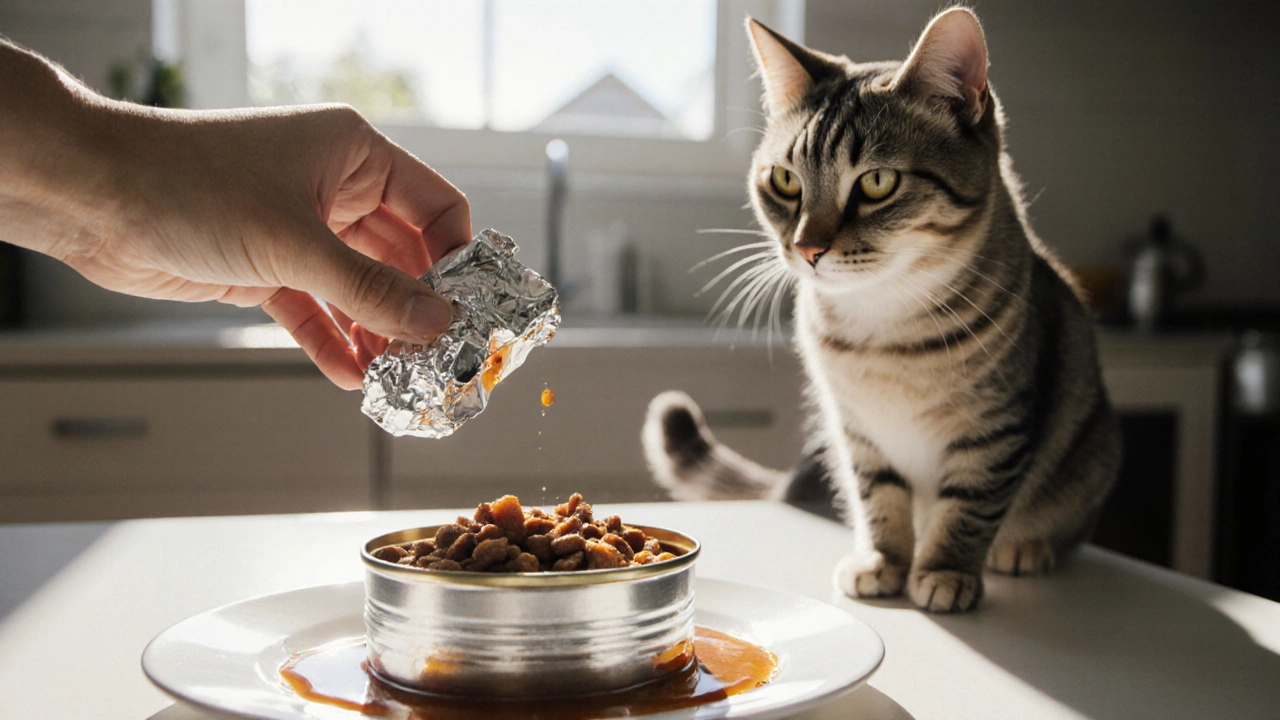Pet Food Safety: Protecting Your Dog’s Meals
When it comes to pet food safety, making sure the food you give your dog or cat is free from harmful contaminants, stored correctly, and nutritionally balanced. Also known as animal food safety, it covers everything from ingredient sourcing to packaging integrity. A key part of this is understanding dog food ingredients, the specific proteins, carbs, and additives used in commercial pet diets. Another critical factor is staying aware of food recalls, official warnings when a batch of pet food is found to contain toxins or mislabelled contents. Finally, knowing about human food toxicity, common household foods that can poison dogs such as chocolate, grapes, and onions helps you avoid accidental harm.
Why Pet Food Safety Matters
Pet food safety requires three main actions: selecting high‑quality ingredients, storing food properly, and monitoring recall alerts. High‑quality dog food ingredients, like sourced meat, limited fillers, and added vitamins, reduce the risk of nutritional gaps and allergens. Proper storage—keeping kibble in airtight containers, refrigerating wet food, and using expiration dates—prevents bacterial growth and spoilage. When recalls happen, a swift check of the brand’s batch number can keep your pet from ingesting dangerous contaminants. These steps directly influence your dog’s overall health, from coat shine to digestive comfort.
Guidelines from vets and nutrition experts form the backbone of safe feeding. Nutrition guidelines, such as AAFCO standards and portion‑size recommendations tell you how much protein, fat, and fiber a dog needs at each life stage. Following these ensures the diet meets energy demands without excess calories that lead to obesity. Pair guidelines with awareness of human food toxicity, because accidental treats like table scraps can undo months of balanced feeding. Knowing which human foods are safe—or unsafe—lets you share occasional bites without risk.
Below you’ll find a curated set of articles that dive deeper into each of these areas. From crate‑time safety to travel tips, from fruit‑feeding guides to the best dog‑food brands, the collection covers practical steps you can take right now to boost pet food safety at home. Explore the posts to get actionable advice, real‑world examples, and quick checklists that make keeping your dog’s meals safe simple and stress‑free.

How Fast Does Wet Cat Food Spoil? Shelf Life, Storage Tips & Safety
Learn how long wet cat food lasts, how to store opened cans, spoilage signs, and safety tips to protect your cat from foodborne illness.
View more